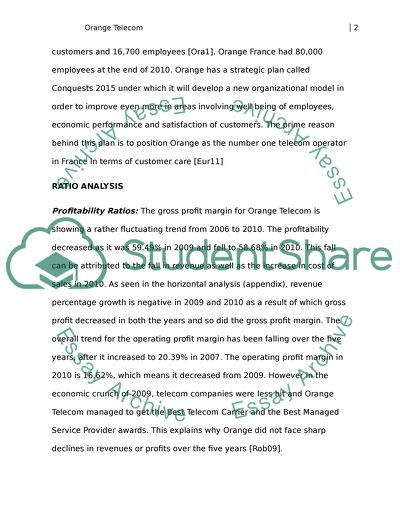Cite this document
(Financial Analysis of Orange Telecom Case Study, n.d.)
Financial Analysis of Orange Telecom Case Study. Retrieved from https://studentshare.org/finance-accounting/1587497-financial-analysis-of-orange-telecom
Financial Analysis of Orange Telecom Case Study. Retrieved from https://studentshare.org/finance-accounting/1587497-financial-analysis-of-orange-telecom
(Financial Analysis of Orange Telecom Case Study)
Financial Analysis of Orange Telecom Case Study. https://studentshare.org/finance-accounting/1587497-financial-analysis-of-orange-telecom.
Financial Analysis of Orange Telecom Case Study. https://studentshare.org/finance-accounting/1587497-financial-analysis-of-orange-telecom.
“Financial Analysis of Orange Telecom Case Study”. https://studentshare.org/finance-accounting/1587497-financial-analysis-of-orange-telecom.


